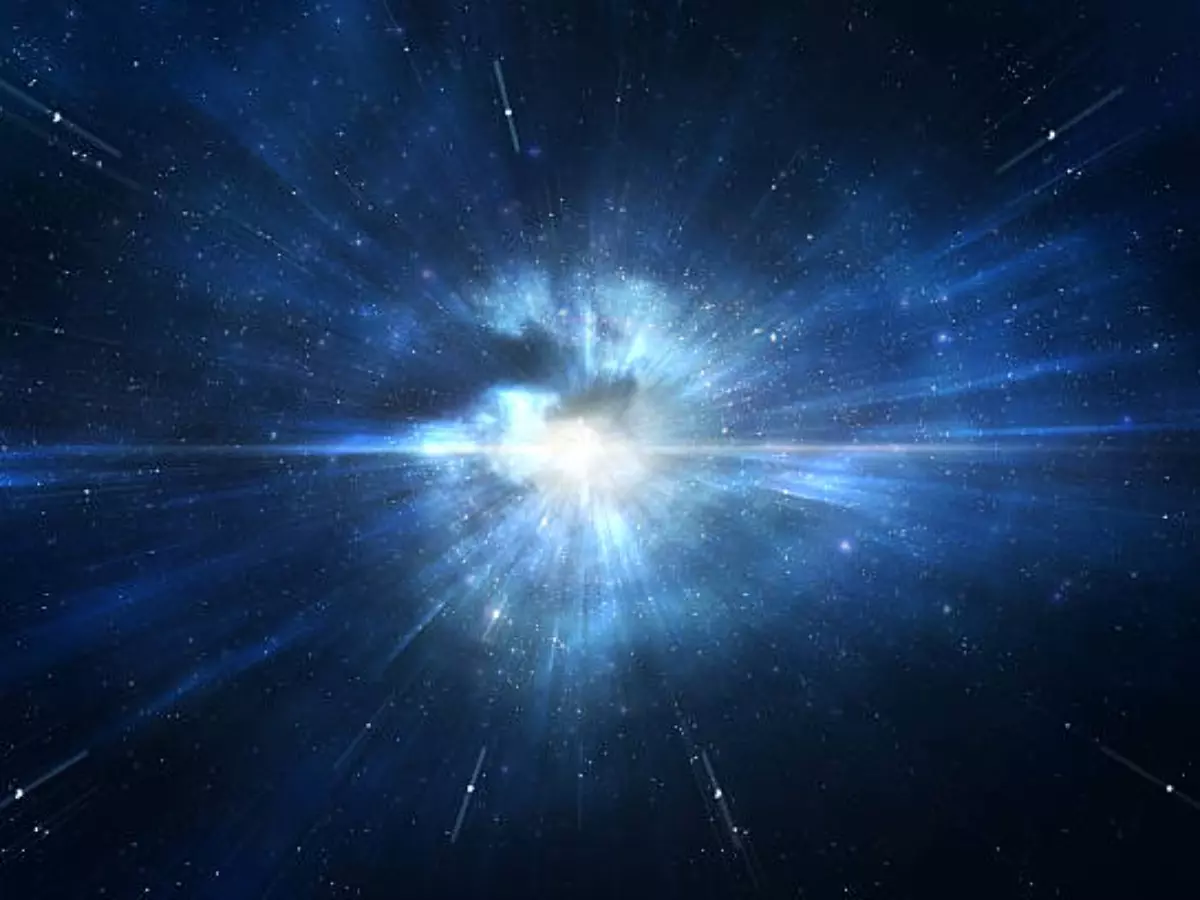Hubble Finds 'Something Strange' To Suggest Our Universe Doesn't Expand Uniformly
The earliest investigations into how the universe expands began in 1920 when Edwin P. Hubble and Georges Lemaitre proposed that galaxies are not stationary, and are in fact, moving away from us

"Somethings strange" is happening in the universe, according to data from NASA's Hubble Telescope. If you didn't know, the universe is constantly expanding, accelerated by "dark energy" that was discovered by astronomers in 1998.
Now, scientists have found discrepancy in Hubble's data. No, this doesn't mean that the telescope is flawed, but instead suggests that there's a lot of cosmic physics we don't understand on Earth. An unexplained difference has been noted in expansion rate of the local universe versus the expansion rate of the distant universe right after the Big Bang.
"You are getting the most precise measure of the expansion rate for the universe from the gold standard of telescopes and cosmic mile markers," said Nobel Laureate Adam Riess from the Johns Hopkins University in Baltimore, in a statement.
 iStock
iStock
The uniform expansion of our universe
The earliest investigations into how the universe expands began in 1920 when Edwin P. Hubble and Georges Lemaitre proposed that galaxies are not stationary, and are in fact, moving away from us.
Also read: Astronomers Discover 'Micronova', The Universe's Least Powerful Star Explosion
Hubble Telescope data suggests ¡®something weird¡¯ going on in universe
¡ª Astrophotographer (@SpAcE_LoVeR104) May 22, 2022
Data from the HubbleTelescope has shown that the universe is expanding faster than what interstellar models had predicted.
Instead of the expected 67.5 km/sec, the observations noted 73 km/sec.#Hubble #NASA pic.twitter.com/bnaowPZRqt
According to Hubble, the galaxies move from Earth in an accelerating speed in a non-uniform manner. To understand this phenomenon better, researchers have attempted to quantify the expansion rate.
 NASA
NASA
The new observation have arrived at a new Hubble constant, recording 73 (plus or minus 1) kilometres per second per megaparsec, instead of the anticipated 67.5 (plus or minus 0.5) kilometres per second per megaparsec. A megaparsec is one million parsecs or 3.26 million light-years.
 iStock
iStock
Also read: Our Universe May Have Invisible Walls That Act As Boundaries Between Galaxies
With help from the newly launched James Webb Telescope, scientists hope to get more insight into the expansion rate of universe, potentially offering previously unknown information about physics.
What do you think about the expansion of universe? Let us know in the comments below. For more in the world of technology and science, keep reading Indiatimes.com.
References
Strickland, A. C. (2022, May 23). Hubble identifies unusual wrinkle in expansion rate of the universe. CNN.
Khan, H. (2022, May 23). NASA¡¯s Hubble Telescope Data Indicates ¡°Something Strange¡± Going On In Our Universe And Scientists Are Stunned. Mashable India.
